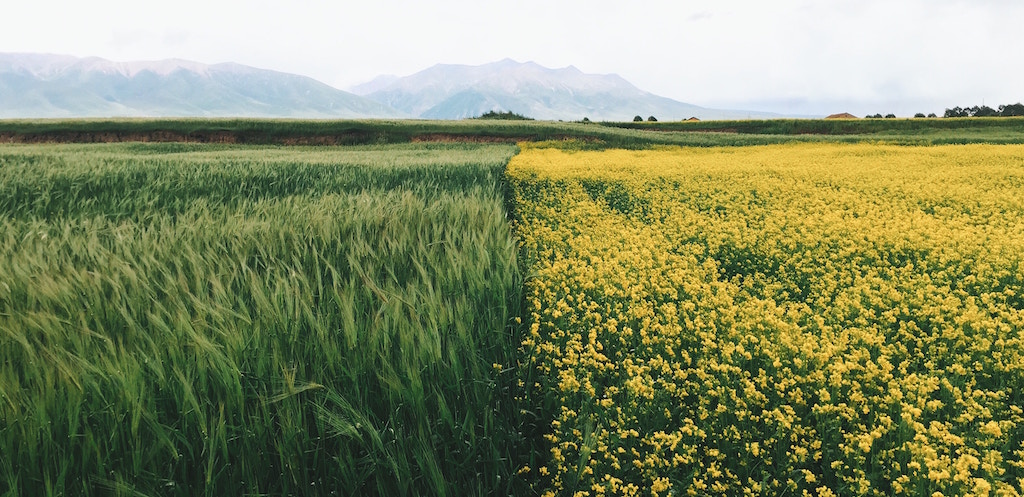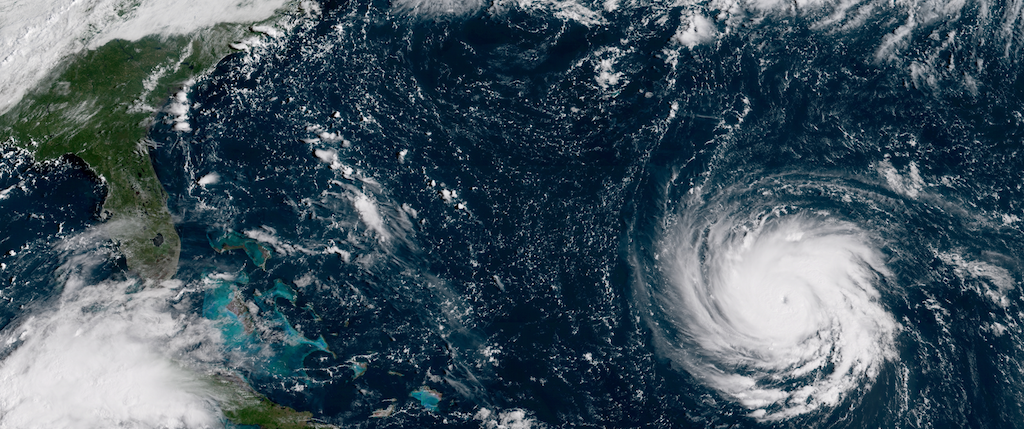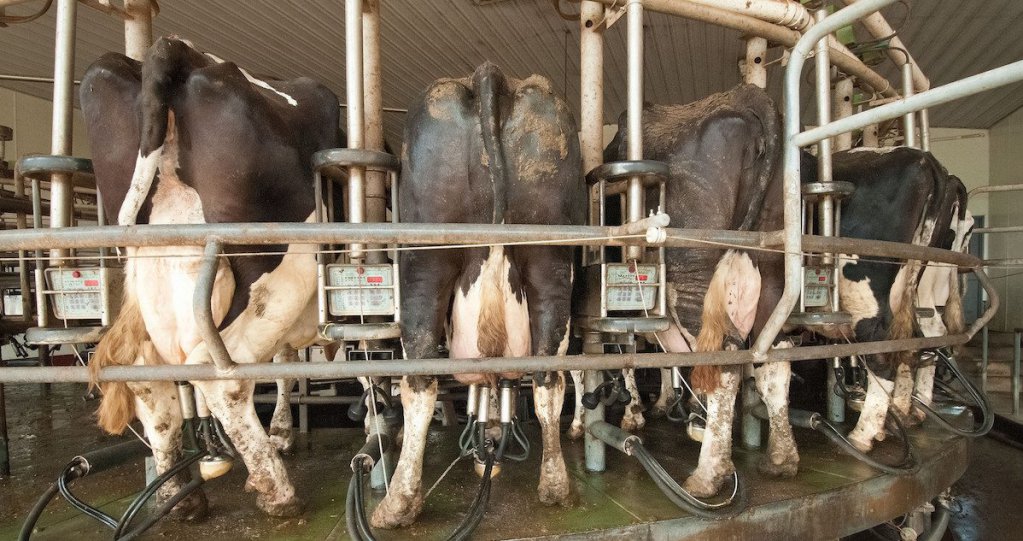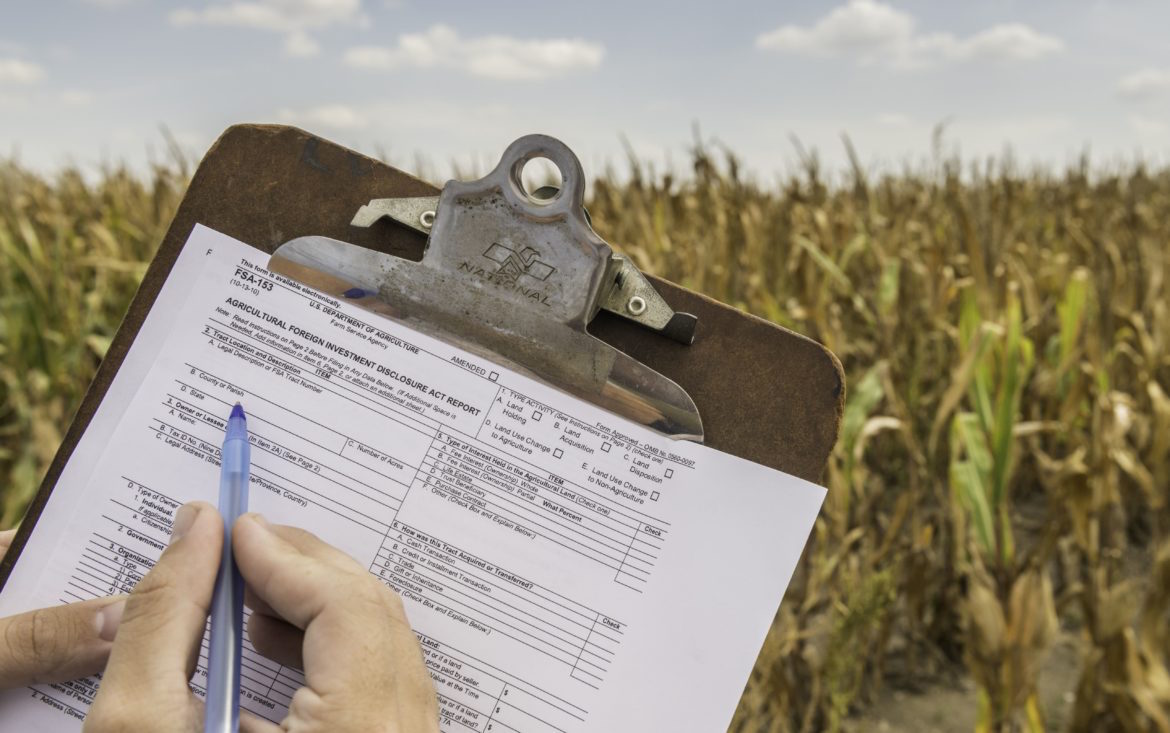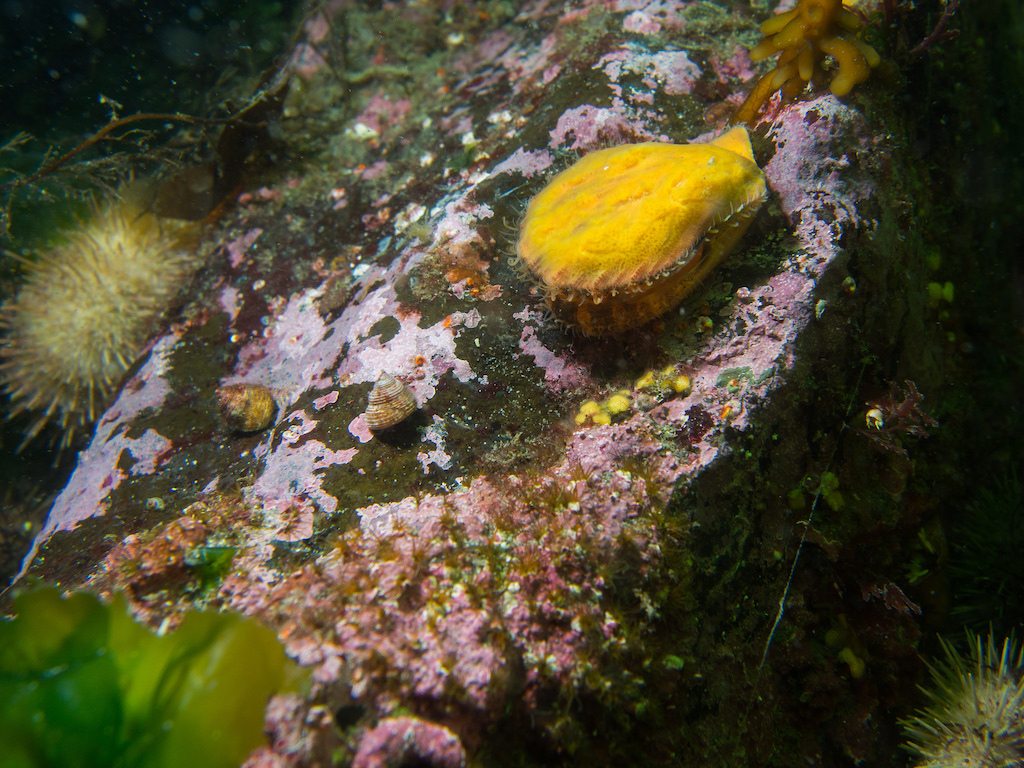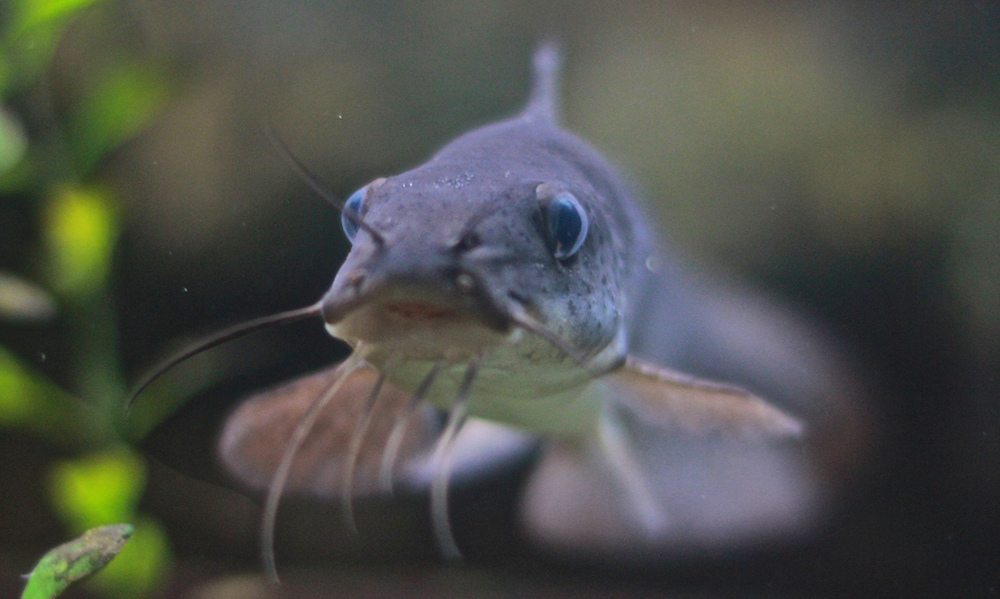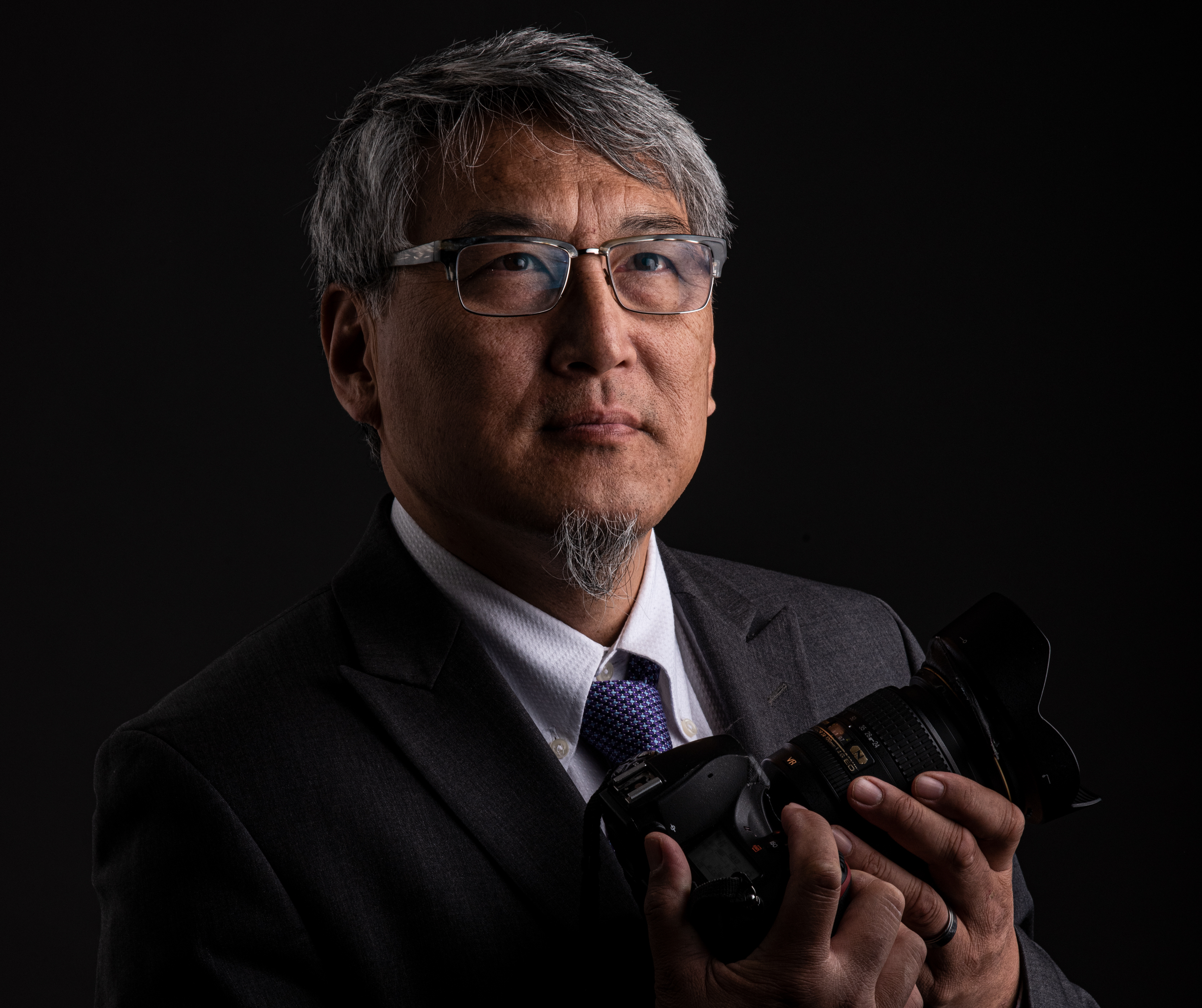
Lance Cheung
The U.S. Department of Agriculture’s Flickr account is one of the unsung wonders of the Internet. Created in 2009, it contains, at the time of this writing, 53,515 original photographs that go well beyond the pictures you’d expect: rolling corn fields, newly plowed farmland, and Secretary of Agriculture Sonny Perdue. Dig around and you’ll find both unexpected gems, from portraits of the puppies who are trained to detect illicit imports to shots of this year’s cherry blossoms blooming in the nation’s capital, and sobering reminders of the reality of agriculture—like the invasive beetles that threaten forest health or the aftermath of natural disasters. There are people, too, thousands of them, fleeting snapshots of the individuals who devote their lives to the project of a nation’s food.
This large-scale documentation is the result of the collective work of a team of photographers and communication staffers at USDA, part of a long and continuous tradition at the agency. The federal government has funded photographic documentation of American agriculture since the Great Depression in the 1930s. When President Franklin Roosevelt created the Farm Security Administration in 1937 to mitigate poverty in farming communities, the agency notably contracted a number of photographers to document the lives of farmers. The resulting body of work includes Dorothea Lange’s famous Migrant Mother portrait, one of the New Deal era’s most salient and recognizable images.
Farmworkers pick strawberries at Lewis Taylor Farms in Fort Valley, Georgia
At its core, FSA’s photography program was a mechanism through which the agency could construct a narrative about its work; today, USDA’s in-house photography unit operates with the same intention. One of those photographers, whose pictures The New Food Economy has used countless times throughout the years, is a man named Lance Cheung.
At NFE, one of the most important considerations we make before publishing a story is choosing the right artwork to accompany it. Like many newsrooms, we largely rely on a combination of stock photos and original photography to visually convey the issues and characters central to our reporting. However, stock photography can sometimes lack the specificity that certain in-the-weeds stories demand, and we don’t always have boots on the ground to take our own pictures.
That’s why, time and time again, we’ve turned to Cheung’s works, which are part of the public domain. Our coverage of President Trump’s proposed Harvest Box program, a Colorado country-of-origin-labeling bill, the difficulty of farm transfers, the growing issue of school lunch debt are just a few instances where his pictures helped bring alive the subject of our reporting.
A USDA beekeeper at work
I reached out to Cheung recently, curious to learn how he became a USDA photographer, how USDA decides which programs to document, and what he considers when shooting in the fields. Over the course of our conversations, Cheung spoke with me about his inadvertent foray to photography, his first career in the Air Force, and a typical day in the life of a USDA photographer.
***
Cheung was born and raised in the Bay Area. In the 1980s, his daughter was born, and he began taking photos to document her life. Though he received encouraging feedback on his early work, photography remained a hobby—not a career. In 1983, he joined the Air Force, a transition that gave him a new world of photographic opportunities.
“I always managed to use my photographs of U.S. Air Force life to talk my way into being allowed to keep my camera with me whenever I need to be out there on the flightline,” Cheung says. “I’ve been to England, California, New York, South Carolina, Korea, Nevada, Texas, and throughout all those stations and tours of duty, a camera was always at my side.”
 Lance Cheung
Lance Cheung An F-15 E jet in flight over Northern Iraq
As an airman, Cheung primarily worked in fuels management, which he calls “a glorified name for pumping gas.” After 10 years on the job, he transitioned into an entry-level photographer role. This gave him the chance to compete in military photography competitions held by the Department of Defense (DOD).
“I never took the top prize—I just took certain categories or placed in various levels,” Cheung recalls.
But his work made an impression on his peers, and he was soon nominated to attend a highly-selective, DOD-sponsored photojournalism program at the Rochester Institute of Technology. Over a decade after he first took up photography, Cheung was finally getting professional training for his craft.
When the program ended, Cheung returned to the Air Force as a photographer for Airman Magazine, the branch’s flagship news publication, until it ceased printing in 2011. (It’s now an online-only outlet.)
Shabbat service at Lackland Air Force Base in 2009
Cheung retired from the Air Force in 2006. For a few years, he dabbled in freelance photography and working for Airman as a civilian. In 2011, USDA hired him to be a photographer for the agency, and he was thrown into the deep end almost right away.
One of his earliest and most memorable assignments, he tells me, was documenting the 2011 Mississippi River floods, in which the waterway swelled to six times its regular capacity, damaging homes, offices, and farms and killing nearly 20 people.
“There really wasn’t a whole lot of planning because it was happening so quickly,” Cheung said about the assignment. “I literally just kind of followed the flood surge as it came down the Mississippi. I came in touch with so many people and learned so much.
A gar fish, debris, and rocks littered on Beale Street in Memphis, Tennessee, during the 2011 Mississippi River floods
“When these floods come along, they introduce all sorts of man-made debris and stuff from other fields. That becomes a big issue. I had never thought of that before. Floods affect the crop land at a very biological level. So that’s what I really tried to focus my photos on.”
The experience informed Cheung’s approach to capturing details and characters within agricultural settings.
“As a feature photographer, you are at times, an archaeologist looking for signs of the story, a psychologist controlling light, shadow, and framing elements together to convey a mood or attitude, and an artist to expose the beauty and core interest in a scene,” Cheung says.
Cheung’s photographs are arresting. Taken together, they succeed in capturing the large-scale ramifications of a given event or USDA program, while simultaneously expressing a sense of emotional specificity for individuals involved. For additional context, Cheung nearly always includes detailed, essay-length captions on Flickr.
A farmer’s hen house and tractor submerged in water near Memphis, Tennessee, during the 2011 Mississippi River floods
“We have to assume that the photos that we’re presenting out there may be our only contact with a person,” he says. “I’m always compelled to put enough out there so that they may find some points of interest and make a connection. If they really want more knowledge, it hopefully draws them to usda.gov—especially the producers and farmers, ranchers, and the rural community, and taxpayers.”
When he’s not on the ground, Cheung also spends a significant part of his week documenting the work of Secretary of Agriculture Sonny Perdue.
“What our secretary does is news in and of itself. So whenever you’re assigned to one of his meetings, we’ll do everything we can to visually convey the tone and tenor of the discussions,” he explains. “Meeting photos are shot in a way to give the viewer a sense of being right there by the table with Secretary Perdue.”
Secretary of Agriculture Sonny Perdue
At the end of the day, for Cheung, photography is about building connections—within rural communities, between the USDA and farmers, between eaters and producers, and so forth. All of those relationships are largely contingent on establishing trust with the subject at hand.
“[The challenge] is trying to get to the core of what it is that they want to talk about and then show that visually with the time allowed,” Cheung says. “It is often more than just the farm, ranch, dairy, forest, laboratory, rural community, college, or small business; it is who they are as a person, the common, day-in-the-life stuff that connects with other people.”
Soon, he’ll fly to El Paso, Texas, to photograph a ceremony marking the eradication of the pink bollworm—an invasive species that has plagued cotton farmers for decades. With time, photos of the event will get uploaded onto USDA’s Flickr. From there, people will be able to look at photos of the event and producers will be able to learn about the history of the pest. Maybe a newsroom will even download it and feature it in a story about invasive species one day.









